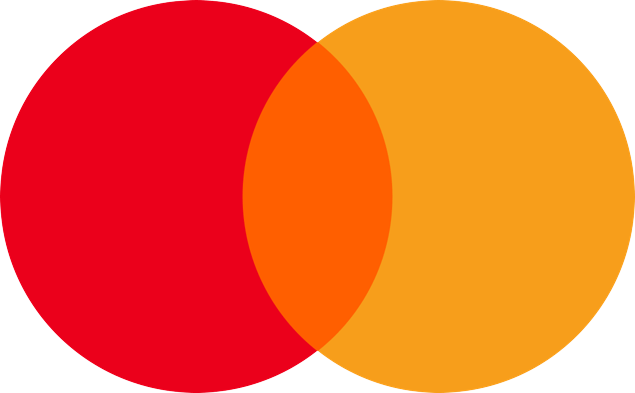There is no one set way to calculate the value of an index. However, most indices either use a price-weighted or value-weighted formula. To understand how they differ, let’s look at them both more closely.
- Price-weighted index
To calculate the index trading price, each company is weighted according to its share price. As price is the determining factor, the larger priced stocks have more of an impact on how an index performs than lower priced stocks.
The most notable index which follows a price-weight formula is the Dow Jones Industrial Average (DJIA), an index that comprises the 30 largest companies in the US. The value is calculated by taking the average price of all 30 securities and dividing the figure by a divisor.
To further understand how weighting is determined, let’s look at an example:
If Apple’s stock went from $135 to $145, because it commands a higher price valuation, it would move the Dow Jones index more than, say, Intel’s stock going from $60 to $70, as higher prices are more significant than percentage movements.
- Value-weighted index
Many of the significant indices like the S&P 500, NASDAQ and Russell 2000 are value-weighted. In this type of index, each company’s weighting is based on its market capitalization.
The following formula is used to calculate the weighting:
The stock price x the number of shares outstanding / market capitalization of all shares
Here is a brief example of how value-weighting works:
If Apple has 17.5 billion shares outstanding and trades at $135, then its weight in the value-weighted index is $2.36 trillion. But if Tesla is trading at $730, and has only 960 million shares outstanding, its weight is $700 billion. Although Tesla trades at a higher price, Apple has a stronger weight in an index due to the company having a larger market capitalization.







